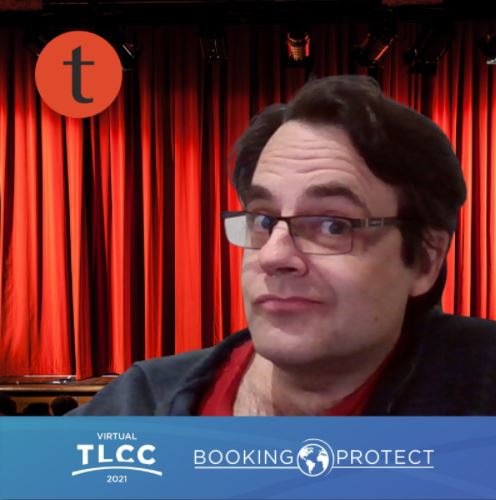It’s a lovely sunny winter weekend afternoon over here in Sydney lockdown. I’ve just made a batch of spinach and cheese arancini and am contemplating the medium future in the way that you do when you are observing time by the rate that a cat has to shift its position on the bed to remain sleeping in the sun.
TLCC2021 stirred up a few thoughts for me. One was inspired from the many incredible sessions that I went to from the Tessitura Enterprise team (whom I always imagine as being Starfleet Officers). I succumbed to their insistence that I finally read CRM at the Speed of Light, and not leave it as a shelved trophy for my Zoom background.
The other was this blog post on the ADHD tax, that I’d been thinking about for some time. If you are not familiar there has been a term floating around the online community about the concept of this tax, the cost to ADHDers for replacing things that have gotten lost, credit score hits from forgetting bills, late fees for things that have not been returned on time, impulse buys for things that we honestly don’t need, etc. It is one of those things that ADHDers will sigh and agree, and a recent Reddit post with almost 9000 upvotes and 700 replies underscores that sentiment.
Back to reading Paul Greenberg, I was at around chapter 2 on collaborating with customers when those two thoughts crashed together. At TLCC I was banging on about making equity for neurodivergent folks in the workplace. This is incredibly important for belonging and inclusion for our colleagues. It is a simple step to widen that thought process to our ND customers.
I’m going to quote Starfleet’s quote of Paul Greenberg definition of CRM
“CRM is a philosophy and a business strategy supported by a system and a technology designed to improve human interactions in a business environment”
Paul Greenberg, CRM Magazine, October 2003
It’s that final bit that really is the kicker for me. In CRM at the Speed of Light 4th ed Paul goes on to define Social CRM as
“Social CRM is a philosophy and a business strategy, supported by a technology platform, business rules, processes, and social characteristics, designed to engage the customer in a collaborative conversation in order to provide mutually beneficial value in a trusted and transparent business environment.“
Paul Greenberg, CRM at the Speed of Light
The collaborative conversation in a trusted and transparent environment is important because, as we continue to see, we need to walk the values we talk.
So here is my pitch. In the interest of a modern and inclusive CRM (business and customer) relationship, how are arts orgs helping our customers with the ADHD tax? How are we helping patrons remember shows with pre show emails? How are we giving our customers clear and actionable ways of exchanging without judgement? What are our rules with regards to a cooling off period on impulse buys? A friend’s (Martin Keen) recent forum post on adding an iCal element to booking confirmations was a great thinking point on inclusive design and being broad in our DEAI goals.
There are a number of business rules, processes and technologies that we can use to engage our customers in ways that make our relationship stronger. I’m excited to look at my own organisation’s accessibility from increasingly broad perspectives.


